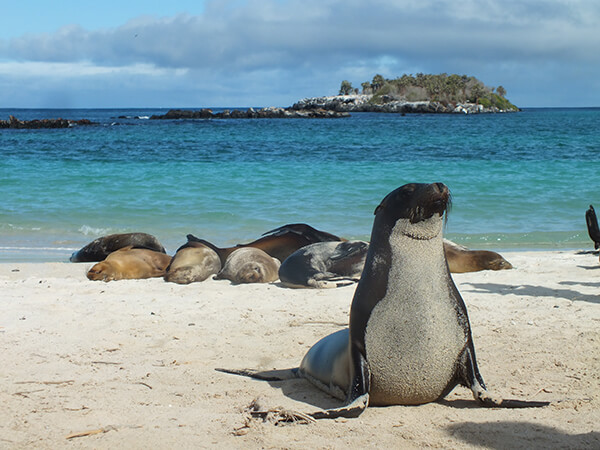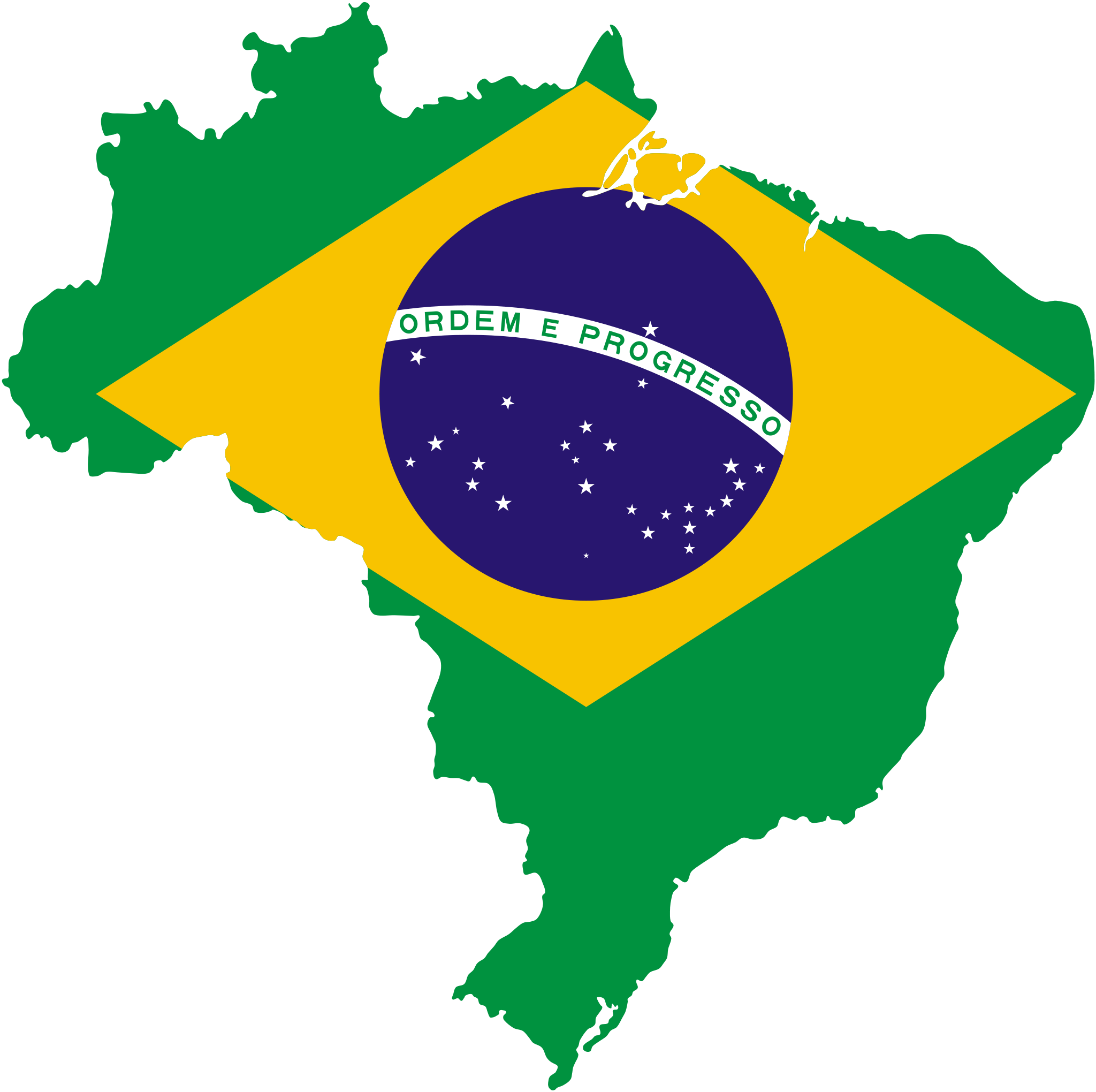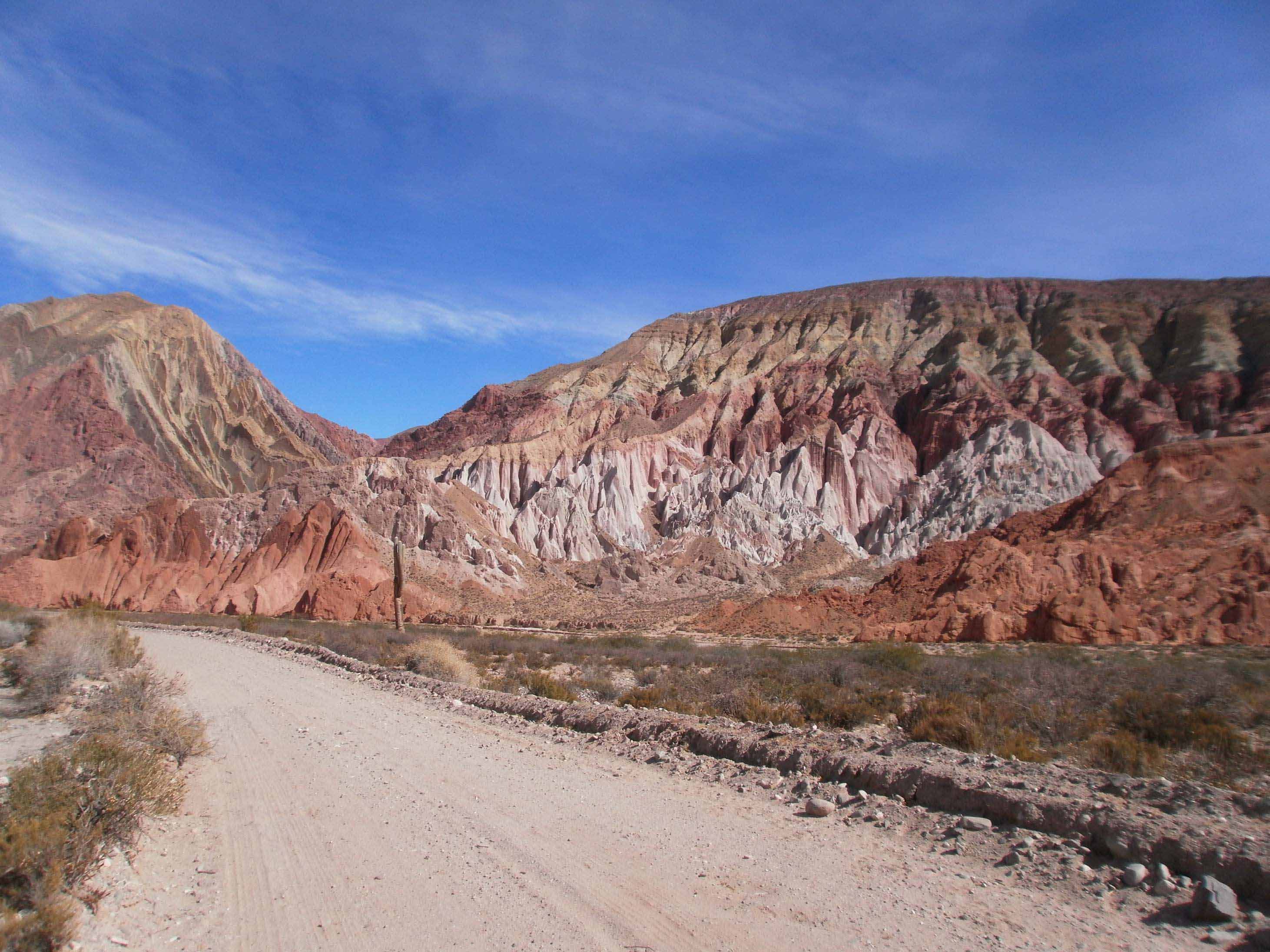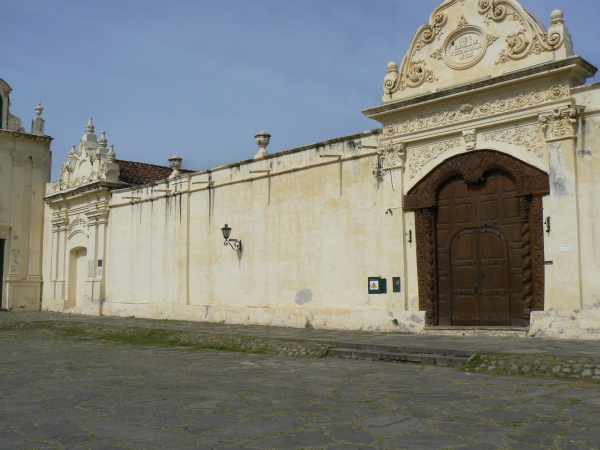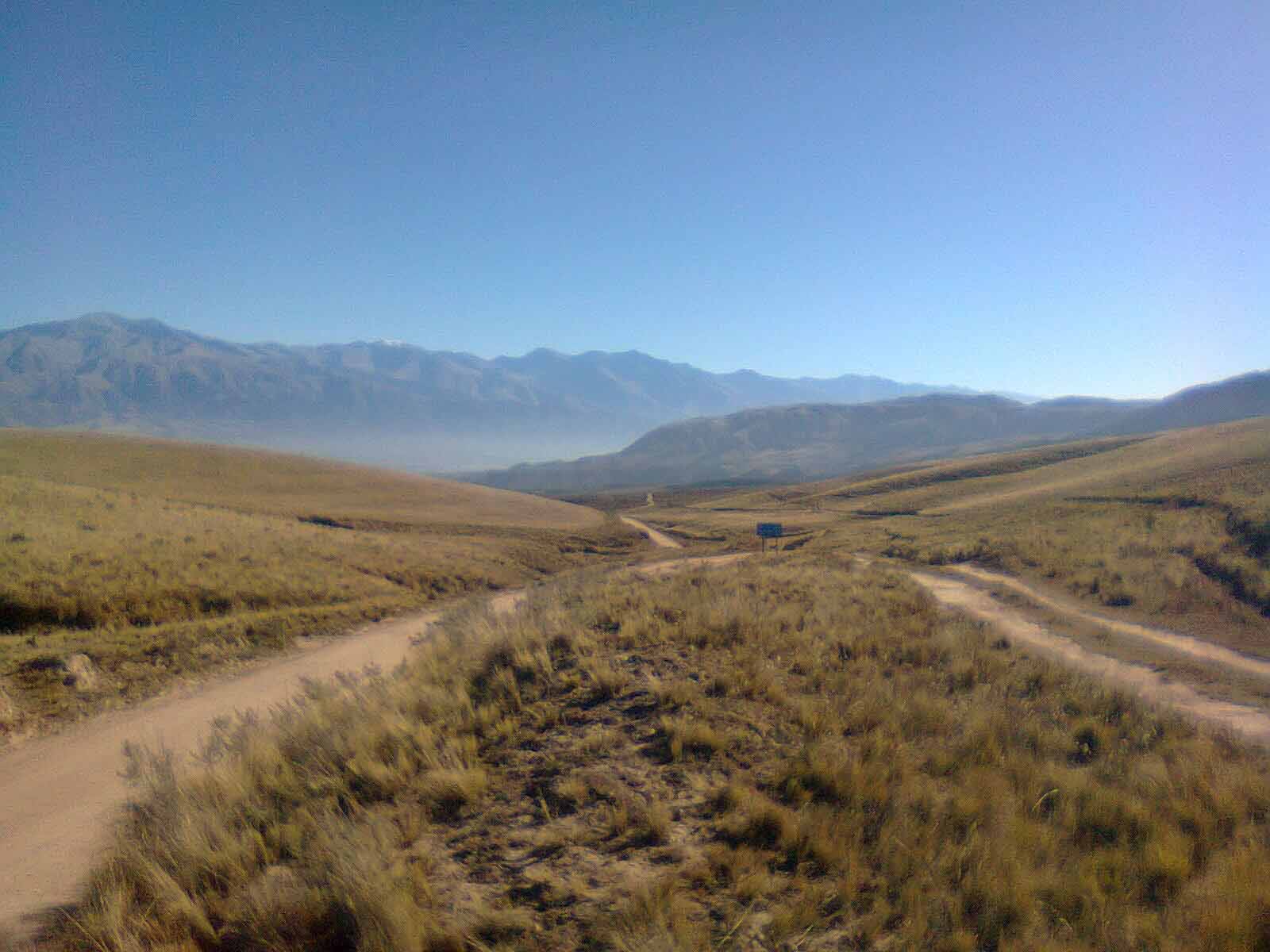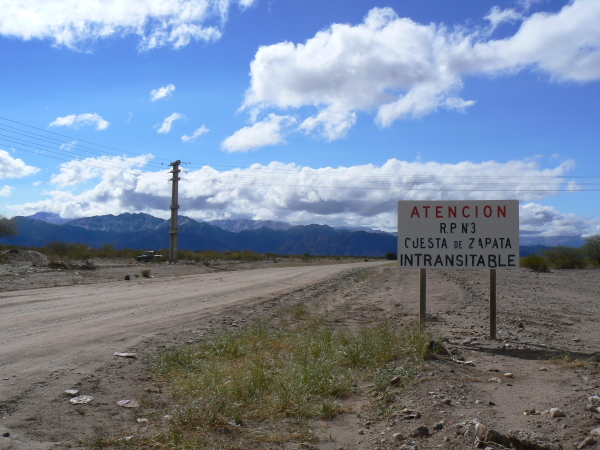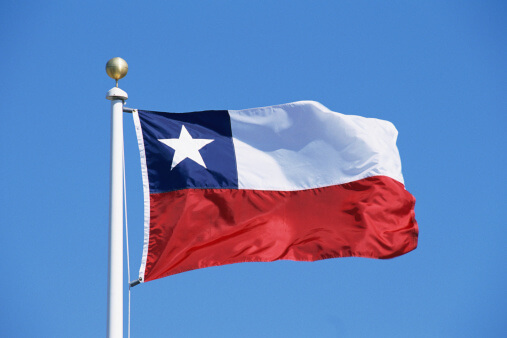Quick Summary
The Galapagos Islands are truly heaven on earth! This is a must for everyone’s bucket list.
The islands offer unbelievably clean water, sand, and untouched wilderness that is highly protected by the government. Where else can you go to safely swim with wild turtles, sharks, and sea lions?
Most islands are untouched and laws limit the time each group can stay in each area. Just to land in the Galapagos will cost you $100USD upon arrival and there are strict laws governing where you can go and what you can touch.
G Adventures is highly recommended as they take care a lot of the planning for you. It goes without saying, this is not a place you want to ‘wing-it’. They offer various price levels/boats and I had the privilege of riding on their G4 boat, which offers running water, hot showers, and a spacious living area with a full bar. The staff is highly experienced and do what they can to ensure you’re comfortable during your journey.
Note: The waters do get rough at times, especially as they move locations overnight. Be sure to bring lots of Gravel and motion sickness meds even if you normally aren’t the type to get seasick.
Ah, the Galapagos Islands, a stunning archipelago of volcanic islands dotted across the Pacific Ocean. A place where nature reigns supreme, and where wildlife, untouched by human influence, thrives in abundance. This UNESCO World Heritage Site is a treasure trove of biodiversity, housing a myriad of unique species that can’t be found anywhere else on the planet.
Visiting the Galapagos Islands is like stepping into another world, a world where animals rule and humans are just visitors. The islands’ breathtaking landscapes, pristine beaches, and crystal-clear waters offer a paradise for nature lovers, wildlife enthusiasts, and adventure seekers.
But visiting the Galapagos Islands isn’t just about basking in the beauty of nature. It’s about experiencing a unique ecosystem, understanding the delicate balance of life, and learning about the fascinating process of evolution first-hand.
Why choose G Adventures for your Galapagos Islands tour?
When it comes to exploring the enchanting Galapagos Islands, not all tours are created equal. That’s where G Adventures, a global leader in small group adventure travel, comes into play. With a firm commitment to responsible tourism, G Adventures offers a unique, immersive experience that goes beyond the usual sightseeing.
With G Adventures, your Galapagos Islands tour is more than just a holiday. It’s an opportunity to experience the islands in-depth, to connect with nature, and to learn about the conservation efforts in place to protect this unique ecosystem. G Adventures also prioritizes small groups, ensuring that your tour is intimate, personalized, and less impactful on the environment.
What sets G Adventures apart from other tour operators is their commitment to responsible tourism. They work closely with local communities and conservation organizations to ensure that tourism benefits the local economy and environment. With G Adventures, you’re not just a tourist; you’re an active participant in preserving the islands’ fragile ecosystem.
Exploring the Galapagos Islands with G Adventures
G Adventures offers a variety of Galapagos Islands tours, each designed to cater to different interests and fitness levels. Whether you prefer to explore the islands on foot, by bike, or by boat, there’s a G Adventures tour that’s perfect for you.
For hiking enthusiasts, G Adventures offers trekking tours that take you deep into the islands’ volcanic landscapes. You’ll get to explore lava tunnels, hike up volcanic craters, and witness the islands’ unique flora and fauna up close.
If you’re a water lover, the snorkeling and diving tours offered by G Adventures are a must. These tours give you the opportunity to explore the islands’ rich marine life, including sea turtles, hammerhead sharks, and the iconic Galapagos penguins.
Unique experiences with G Adventures Galapagos Islands tours
One of the highlights of a G Adventures Galapagos Islands tour is the unique experiences it offers. From up-close encounters with wildlife to visits to local communities, every G Adventures tour is filled with memorable moments.
For wildlife enthusiasts, the chance to witness the unique behavior of the islands’ wildlife is a dream come true. Whether it’s watching the famous blue-footed boobies perform their mating dance, swimming alongside playful sea lions, or observing the giant tortoises in their natural habitat, each wildlife encounter is a unique experience in itself.
G Adventures also offers cultural experiences that allow you to interact with the local communities. You’ll get to learn about the islands’ history and culture, sample local cuisine, and even participate in community-led conservation projects.
G Adventures Galapagos Islands boat cruises
One of the best ways to explore the Galapagos Islands is by boat, and G Adventures offers a range of boat cruises that take you to the archipelago’s most stunning locations. These cruises offer a unique perspective on the islands, allowing you to explore hidden beaches, secluded bays, and off-the-beaten-track islands that are inaccessible by land.
With G Adventures Galapagos Islands boat cruises, you’ll get to witness the archipelago’s diverse wildlife in their natural habitats. You’ll also have ample opportunities for swimming, snorkeling, and diving, making your Galapagos Islands experience all the more immersive.
Other G Adventures Galapagos Islands tour options
In addition to boat cruises and trekking tours, G Adventures offers several other Galapagos Islands tour options. These include multi-sport tours that combine hiking, biking, and water-based activities, as well as leisurely tours that focus more on relaxation and wildlife viewing.
G Adventures also offers specialized tours for photography enthusiasts, bird watchers, and conservation-minded travelers. These tours offer unique insights into the islands’ wildlife and ecosystems, and provide opportunities for meaningful engagement with local conservation efforts.
Booking your G Adventures Galapagos Islands tour
Booking your G Adventures Galapagos Islands tour is a simple process. You can book directly through the G Adventures website, where you’ll find detailed information about each tour, including itineraries, prices, and departure dates.
Once you’ve chosen your preferred tour, you can book your spot with just a few clicks. And if you have any questions or need assistance, the G Adventures team is always ready to help.
Reviews: What past customers say about G Adventures Galapagos Islands tours
If you’re still unsure about whether G Adventures is the right choice for your Galapagos Islands tour, just take a look at the rave reviews from past customers. Many travelers praise G Adventures for their knowledgeable guides, well-planned itineraries, and commitment to responsible tourism.
Many reviews highlight the unique wildlife encounters and immersive cultural experiences offered by G Adventures. Others praise the company’s commitment to small group sizes, which allows for a more personalized and less impactful tour.
Tips for a successful Galapagos Islands adventure with G Adventures
To make the most of your Galapagos Islands adventure with G Adventures, it’s important to come prepared. Here are a few tips to ensure a successful trip:
- Pack light but smart: The Galapagos Islands’ weather can be unpredictable, so it’s a good idea to pack layers. Also, don’t forget your swimsuit, sunscreen, and a good pair of hiking shoes.
- Respect the wildlife: The Galapagos Islands are home to many unique species, and it’s important to respect their space. Remember, you’re a visitor in their home.
- Stay hydrated: Exploring the islands can be physically demanding, so it’s important to stay hydrated. G Adventures provides ample opportunities for rest and hydration.
Conclusion: Why G Adventures is your best choice for Galapagos Islands tours
When it comes to exploring the Galapagos Islands, G Adventures offers a unique, immersive experience that goes beyond the usual sightseeing. With a commitment to responsible tourism, small group sizes, and a range of tour options, G Adventures ensures a memorable and meaningful Galapagos Islands adventure.
So what are you waiting for? Experience the Galapagos Islands like never before with G Adventures. Book now, YOLO!

